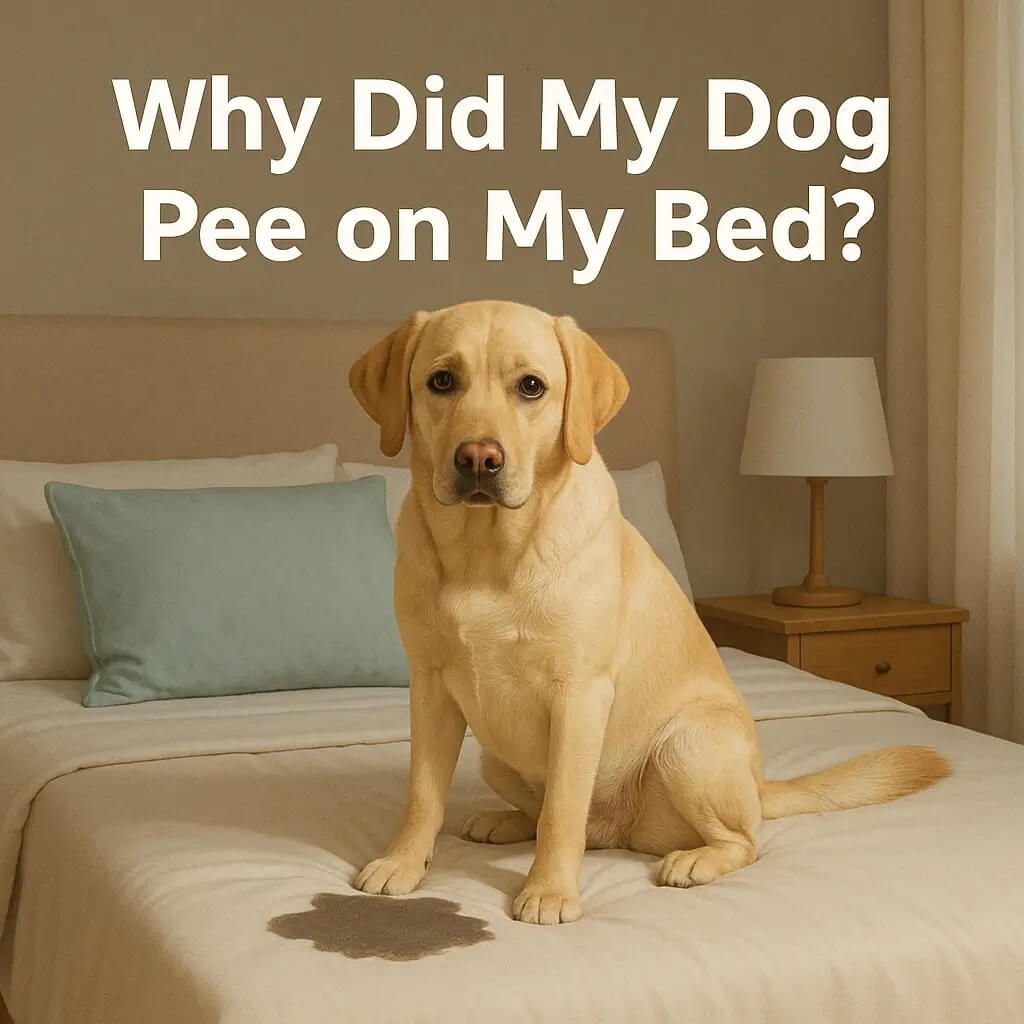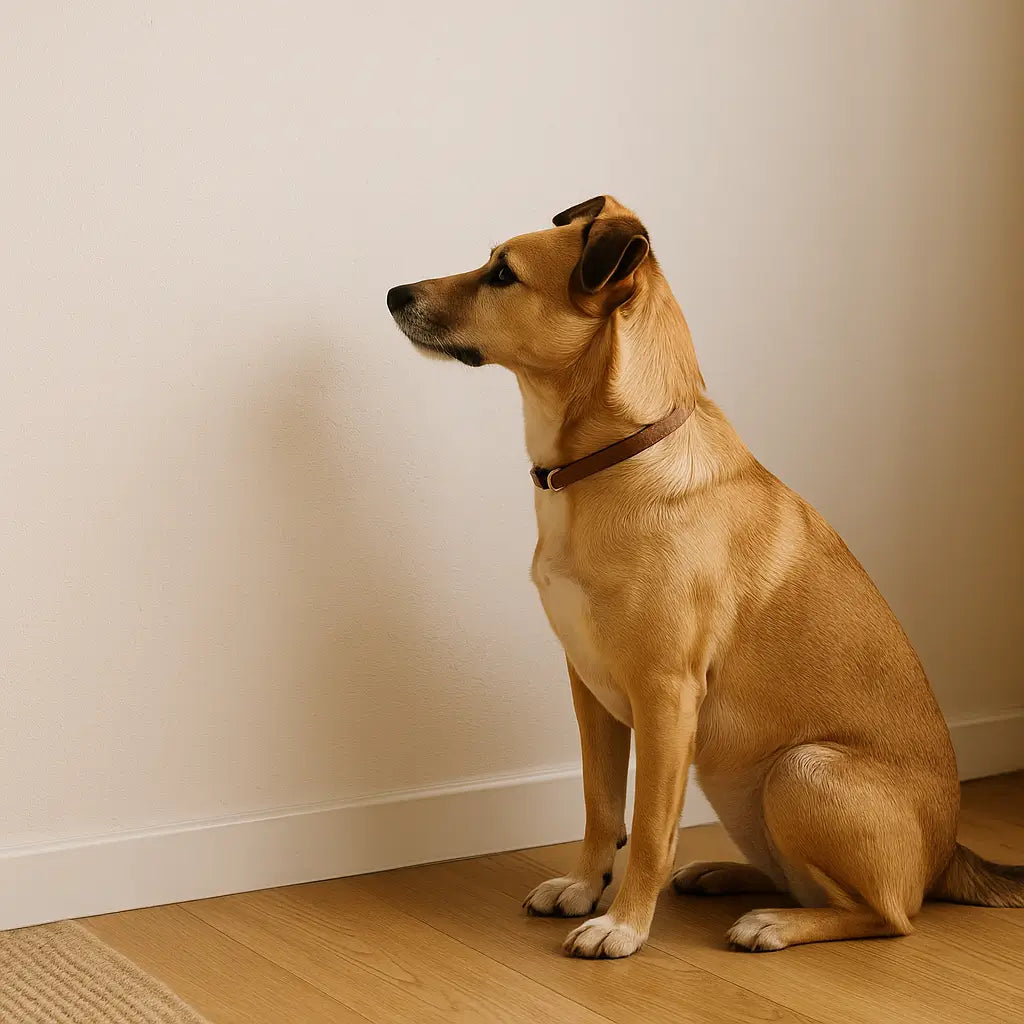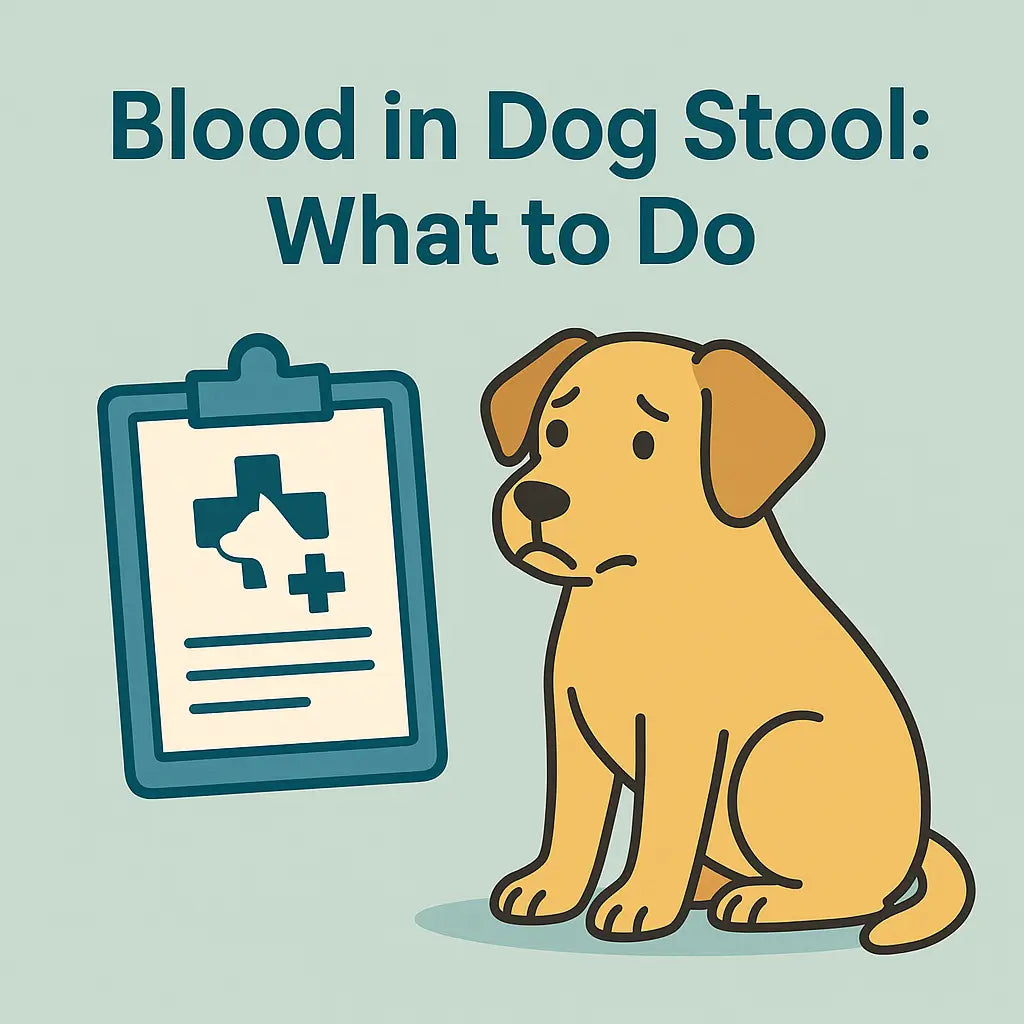Most pet parents will eventually notice their dog staring at the wall or into empty space. The atmosphere of the scene can be frightening but dogs possess better hearing and smell abilities than humans so your pet might detect insects or plumbing noises through the drywall. The first medical signs of canine cognitive dysfunction syndrome (doggy dementia) and brain tumors or partial seizures can appear through wall-staring behavior. The prevalence of cognitive decline in U.S. dogs age 11-to-12 reaches 28 percent and continues to rise dramatically with each passing year of age.
The article demonstrates how to identify the source of the problem which progresses from normal curiosity to severe illness while teaching you to detect early warning signs and begin a veterinarian-approved treatment plan that safeguards your senior dog's mental abilities and life quality. The article provides specific actions for readers to take immediately which helps stop potential adverse effects such as anxiety and uncontrolled shaking and excessive licking.
Is Wall-Staring Ever Normal?
-
Curiosity & Senses: A dog hears skittering mice or dripping water inside a wall and stares to triangulate the noise. Young pets often “freeze” at moving shadows for the same reason.
-
Attention-Seeking Behaviour: If you rush over every time the dog is staring at a wall, the behavior may repeat as an attention seeking behavior—one the dog quickly learns works.
-
When to Worry: Persistent staring paired with head tilting, tail chasing, or barking at nothing points to bigger issues. Focal or partial seizures, brain inflammation, or obsessive compulsive disorder can all present without dramatic symptoms. Head pressing—when the pet leans its skull flat against a surface—is an emergency.
Act fast if episodes last over a minute, cluster in one day, or come with disorientation, pacing, or night-time house-soiling. Early intervention keeps blood flow to the brain stable and limits long-term damage.
Six Most Common Reasons Your Dog Is Staring at Walls
-
Canine Cognitive Dysfunction – Age-related brain changes mimic Alzheimer’s disease in people; wall-staring, pacing, and sleep cycle flips top the list of most common reasons in senior dogs.
-
Focal Seizure Disorder – A brief focal seizure may look like your dog is staring, lip-smacking, or “fly-biting.” Cornell neurologists note these episodes can merge into grand mal events if untreated.
-
Compulsive Behavior/OCD – Repetitive staring, spinning, or excessive licking stems from stress; an AVMA-reviewed trial found fluoxetine cut such behaviors in 69 percent of cases.
-
Brain Tumors or Inflammation – Growths alter vision pathways; meningitis can do the same. Look for other signs like unequal pupils, circling, or sudden aggression.
-
Hidden Pests & Noises – Termites, squirrels, or HVAC clicks draw a dog’s full focus. If the dog is staring and sniffing the same wall, call an exterminator before the vet.
-
Attention Seeking – Some pets simply learn that staring prompts treats or petting; consistent redirection and enrichment games solve this behavior quickly.
Remember: your veterinarian will rule out medical issues first, then talk behavior modification.
Red-Flag Symptoms—Call the Vet ASAP
Seek care if you notice: ongoing head pressing; sudden collapse; uncontrollable shaking; glassy eyes plus wall-staring; new circling; or night-time accidents in a previously house-trained dog. Cornell experts warn that a seizure lasting over five minutes (status epilepticus) can raise core temperature to fatal levels.
The presence of vision loss together with vomiting and severe dog anxiety suggests swelling or toxin exposure or blocked blood flow in the brain. Dogs with genetic predisposition—like Collies or Labradors—need an immediate neuro work-up because dramatic symptoms can develop overnight. Your vet can diagnose patterns and provide targeted medication prescriptions through smartphone video logs that include duration and context and all other symptoms.
At-Home Fixes & Prevention
-
Enrich the Environment: Daily scent-work puzzles, slow feeders, and five-minute training bursts sharpen cognitive function and curb boredom-led staring.
-
Support Aging Brains: Ask your vet about DHA-rich diets or MCT oil; Colorado State University is studying rapamycin and cannabidiol for slowing cognitive dysfunction.
-
Pest-Proof the House: Seal gaps, install ultrasonic rodent deterrents, and fix dripping pipes so your pet doesn’t spend hours staring at a wall that hides critters.
-
Routine Veterinary Care: Annual labs, blood-pressure checks, and dental cleanings catch metabolic triggers early, as the CDC Healthy Pets program advises.
-
Behavioral Therapies: For compulsive disorders, certified trainers pair gradual desensitization with vet-prescribed SSRIs; this dual approach cut relapse rates in an AVMA-tracked study.
By tackling health, environment, and mental stimulation together, you’ll treat the underlying cause instead of just the symptom—keeping your pet happy, focused, and free from needless wall-watching.
Treatment Paths Your Vet May Suggest
A complete examination enables veterinarians to determine the most appropriate treatment plan for each underlying condition. The Cornell University College of Veterinary Medicine recommends a three-part treatment plan for canine cognitive dysfunction syndrome which includes antioxidant-rich prescription diets and enrichment games to enhance cognitive function and the brain blood flow-enhancing drug selegiline to slow doggy dementia.
If a seizure disorder is confirmed, your vet may prescribe medications such as phenobarbital or potassium bromide and add an MCT-oil diet that cut seizure frequency by 48 percent in a 6-month clinical trial reported in Today’s Veterinary Practice. Dogs with focal or partial seizures sometimes need levetiracetam “pulse therapy” during clusters, according to neurologists at the University of Missouri.
When imaging shows brain tumors or severe brain inflammation, surgery or stereotactic radiation may follow. In emergencies—head pressing, uncontrollable shaking, collapse—Merck Veterinary Manual stresses rapid IV fluids, oxygen, and anti-seizure injections to prevent negative consequences like cerebral edema. Addressing dog's anxiety with gabapentin or trazodone often smooths recovery and curbs compulsive behavior such as excessive licking that can flare after hospitalization.
Are Dogs Seeing Ghosts?
Pop culture loves the idea that a dog is staring at spirits, yet science points to their super senses, not the supernatural. The American Kennel Club notes dogs hear ultrasonic pitches—twice the frequency people can—and detect sounds four times farther away, so a pet staring at the wall may be tracking termites, not apparitions. Canine-cognition expert Dr. Alexandra Horowitz adds that slight air currents, new household smells, or LED flicker invisible to humans also trigger what looks like “ghost watching.”
Before labeling behavior paranormal, rule out medical issues like partial seizures, eye disease, or age-linked cognitive dysfunction. A quick sensory check—turning on music, blocking light reflections, or tapping the wall to mimic what the dog hears—often stops the stare. That practical test helps many dogs and anxious owners sleep easier.
FAQs
Why does my senior dog keep staring at a wall at night?
Sleep-wake reversal is an early sign of cognitive dysfunction; try a bedtime puzzle feeder and ask your vet about melatonin.
Could it be Alzheimer’s disease for dogs?
Vets call it canine cognitive dysfunction, but brain changes mirror Alzheimer’s disease in humans. Regular brain-support diets slow decline.
What’s the difference between head pressing and staring?
Head pressing is constant, painful pressure—an emergency tied to toxins or trauma; simple attention seeking behaviour looks relaxed and brief.
Do focal seizures always cause shaking?
No. A focal seizure may show only lip-smacking or blank gaze without dramatic symptoms. Video the event for your vet.
Can training fix wall-staring?
If tests are normal, redirect with scent games, remove pest noises, and reinforce calm to break the habit.
Conclusion
-
Staring at a wall can stem from simple curiosity, pests the dog hears, or serious neurologic disease.
-
Red-flag combos—head tilting, tail chasing, night accidents, or other symptoms such as vomiting—deserve same-day veterinary care.
-
For many dogs, early therapy (diet + enrichment + meds) maintains memory and cuts seizure clusters by nearly half.
-
Sensory superpowers, not spirits, explain most eerie stares; check for insects, light flicker, or high-pitched appliances on the other side of the wall.
-
Acting fast protects quality of life and prevents costly complications—helping pets, and the humans who love them, live better together.












